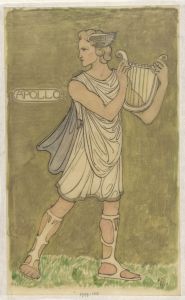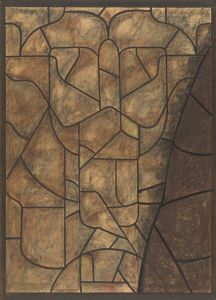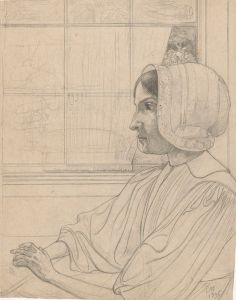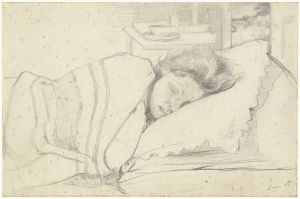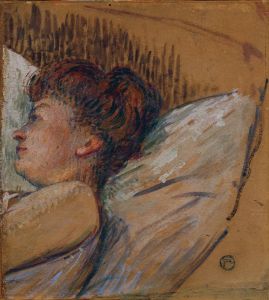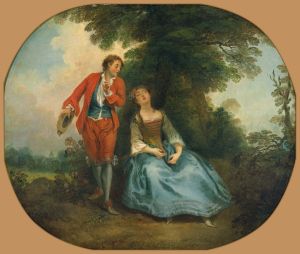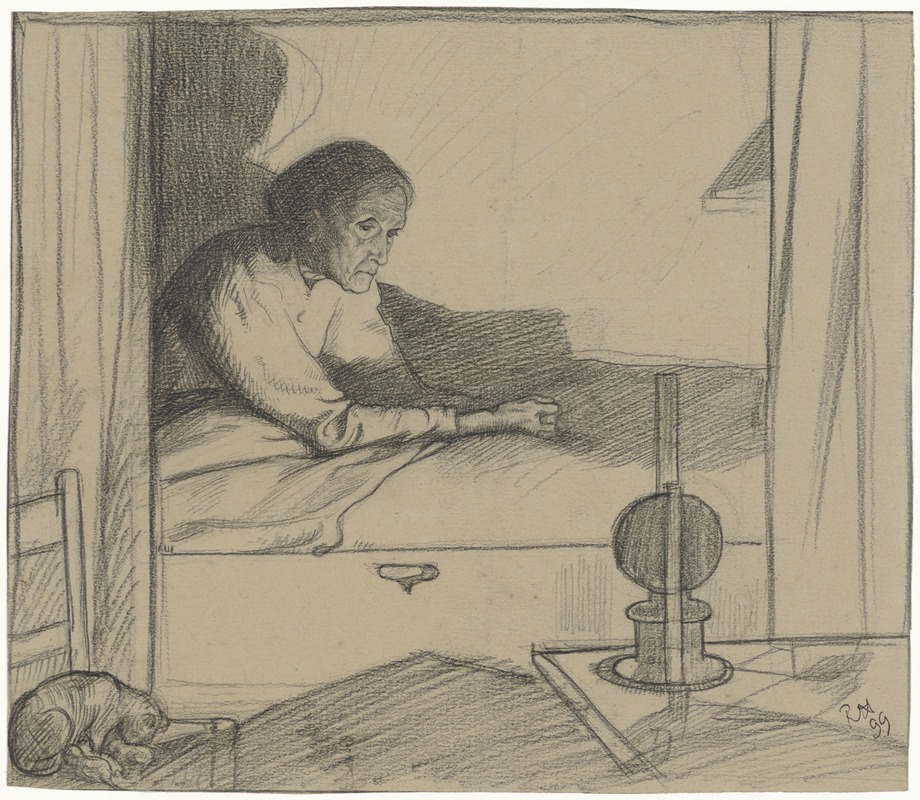
Vrouw Hogerhuis, zittend in bed
A hand-painted replica of Richard Nicolaüs Roland Holst’s masterpiece Vrouw Hogerhuis, zittend in bed, meticulously crafted by professional artists to capture the true essence of the original. Each piece is created with museum-quality canvas and rare mineral pigments, carefully painted by experienced artists with delicate brushstrokes and rich, layered colors to perfectly recreate the texture of the original artwork. Unlike machine-printed reproductions, this hand-painted version brings the painting to life, infused with the artist’s emotions and skill in every stroke. Whether for personal collection or home decoration, it instantly elevates the artistic atmosphere of any space.
Richard Nicolaüs Roland Holst (1868–1938) was a prominent Dutch artist known for his contributions to painting, illustration, and design. He was a significant figure in the Dutch art scene during the late 19th and early 20th centuries, associated with the Amsterdam Impressionism movement and later with Symbolism. Roland Holst's work often reflected his interest in social issues and his involvement in the labor movement.
One of his notable works is "Vrouw Hogerhuis, zittend in bed," which translates to "Mrs. Hogerhuis, Sitting in Bed." This painting is a fine example of Roland Holst's ability to capture intimate and personal moments with sensitivity and depth. The artwork depicts a woman, presumably Mrs. Hogerhuis, seated in bed. The composition is intimate, focusing on the subject's expression and posture, which suggests a moment of contemplation or introspection.
Roland Holst's style in this painting is characterized by a careful attention to detail and a subtle use of color, which adds to the emotional depth of the scene. The artist's brushwork and use of light create a serene and contemplative atmosphere, inviting viewers to ponder the thoughts and emotions of the subject. This approach is typical of Roland Holst's work, where he often sought to convey the inner life and emotional states of his subjects.
The painting is also indicative of Roland Holst's broader artistic philosophy, which was influenced by his involvement in social and political movements. He was a member of the Social Democratic Workers' Party and believed in the power of art to inspire social change. This belief is reflected in his choice of subjects and the empathetic way he portrayed them, often highlighting the dignity and resilience of ordinary people.
"Vrouw Hogerhuis, zittend in bed" is part of Roland Holst's larger body of work that includes portraits, landscapes, and allegorical scenes. His art is noted for its symbolic content and its exploration of themes such as human struggle, hope, and the quest for a better society. Roland Holst's commitment to these themes is evident in his artistic output and his active engagement with the cultural and political issues of his time.
In addition to his painting, Roland Holst was also a respected teacher and writer. He served as a professor at the Rijksakademie van Beeldende Kunsten in Amsterdam, where he influenced a generation of young artists. His writings on art and society further demonstrate his dedication to the idea that art should serve a higher purpose beyond mere aesthetic pleasure.
Overall, "Vrouw Hogerhuis, zittend in bed" exemplifies Richard Nicolaüs Roland Holst's skill as a painter and his commitment to portraying the human condition with empathy and insight. The painting remains a testament to his artistic vision and his belief in the transformative power of art.






